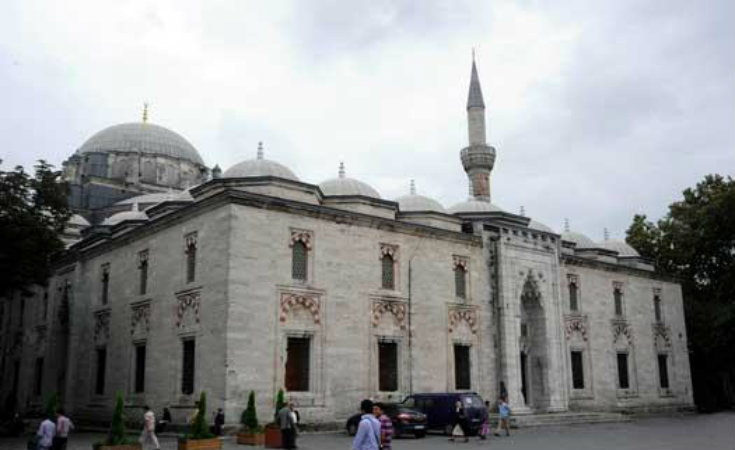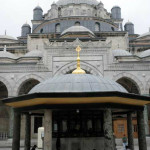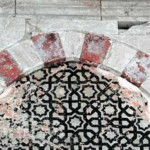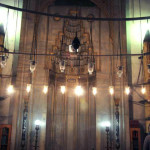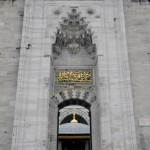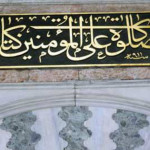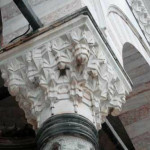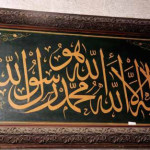Beyazıt Camiisi (Beyazit Mosque)
The second mosque built after the conquest of Istanbul, the Beyazıt Mosque’s construction began in 1501 and was finished in 1506. Built by Beyazıt II, the mosque is located in the area that had been known during the Byzantine period as the Theodosius Forum.

Loading ...
Visiting Hours
Daily, except prayer times.
Muslims pray five times each day. The precise timing of prayers often vary by a few minutes each day, therefore throughout a year there is a wide range of prayer times. The reason is that Islamic prayer times were traditionally set according to the movement of the sun.
Actually Islamic prayers are fixed at the same "time" period each day -- before dawn, noon, afternoon, sunset, and evening. Because of the rotation of the earth, the latitudes of the earth’s locations, daylight savings time, etc. -- the "times" (according to the clock) for these prayers change depending on time of day and location.
The second mosque to be built after the conquest of Istanbul, the Beyazıt Mosque’s construction began in 1501 and was finished in 1506. Built by Beyazıt II, the mosque is located in an area known in Byzantine times as the Theodosius Forum. Reflecting classical Ottoman mosque architecture, with particularly dazzling stone work, the names of its builders have lapsed into obscurity.
It was damaged by an earthquake in 1509, referred to as the “Small Day of Judgement”, and later repaired and strengthened by the architect Sinan.
The former almshouse and caravansary now house the Bayezid State Library and the medrese houses the Calligraphy Museum. The Beyazıt Hamam, also known as the “Patrona Halil Hamam,” has been restored and is open to visitors.
Mosque is a place of worship for Muslims. It comes from the Arabic word 'masjid' which literally means "a place for prostration". Mosques are also places where Muslims come together for different purposes such as education, social gatherings, public meetings, exhibitions, lectures etc. Although there is no specific requirement for mosques in terms of their architecture, one can see some common features inside and outside of many mosques such as minarets, domes, ablution areas, prayer niche (mihrab), pulpit (minbar) and so on.
Muslims are obliged to perform the ritual worship 5 times a day. They are not required to attend a mosque for each of these prayers however in order to interact with the community they are encouraged to pray in congregation. Friday noon is the only time in a week when Muslims must definitely join the congregational prayer in a mosque after which they can continue their work, education or other commitments.
Azan or the call for prayer is a vocal announcement that one can hear from minarets 5 times a day. The call to prayer is made live -even early in the morning- by a person called 'muazzin'. The muazzins are usually chosen from people with loud and beautiful voices and trained over years to make this announcement beautifully and invite people to worship.













